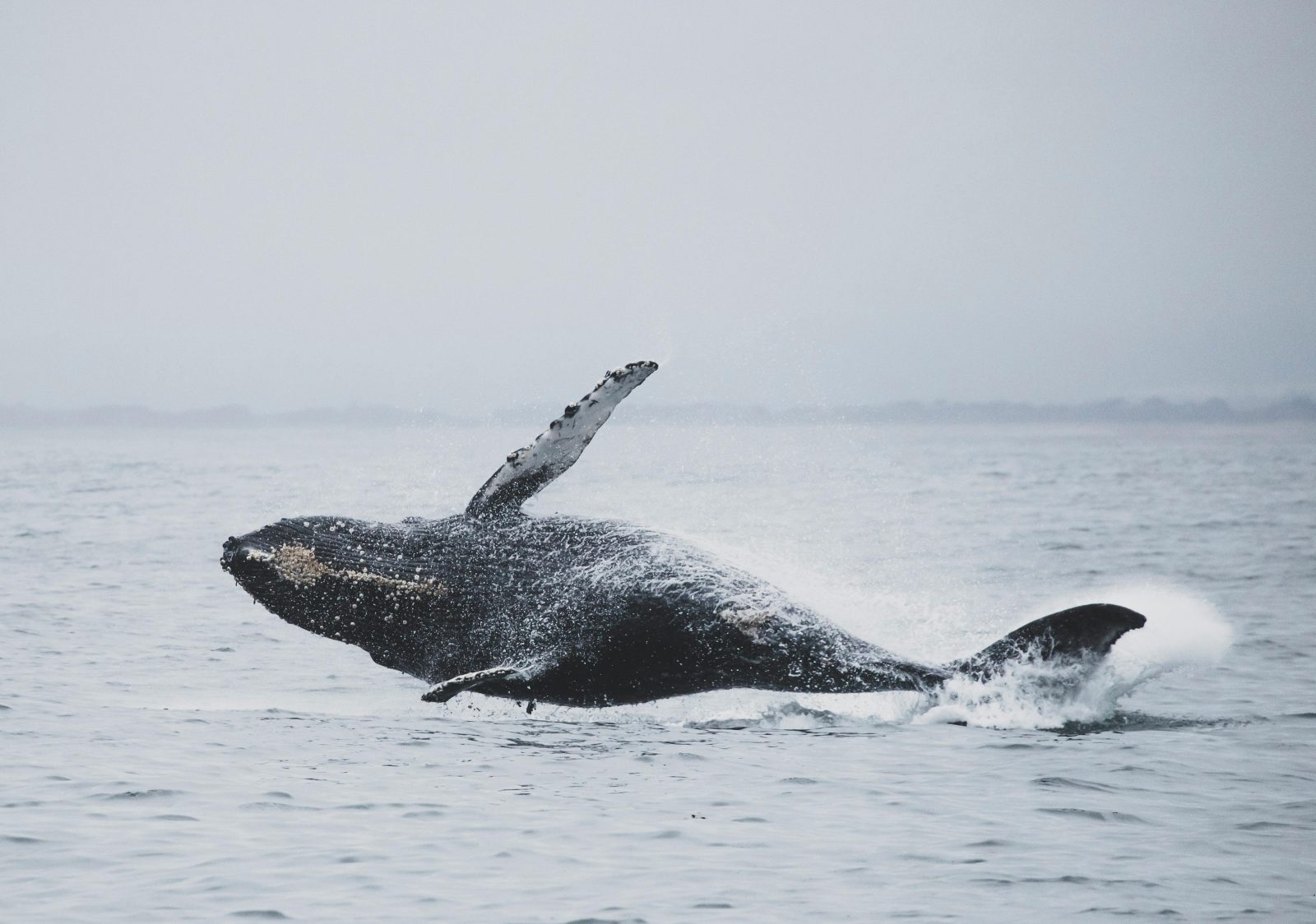This winter, two adult female right whales, named Koala and Curlew, have puzzled scientists by taking a surprising journey along the Gulf Coast. Usually, right whales migrate from New England and Nova Scotia to Florida and Georgia to give birth in warmer waters. But these two whales went off the beaten path, appearing in unexpected places along the coast, including Alabama’s Gulf Coast.
Right whales are known for migrating south to give birth in the warm waters of Florida and Georgia every winter. This migration is an important part of their life cycle, but it’s rare for whales to make such unusual trips. Koala and Curlew, both adult females, were spotted off Perdido Pass, which is near the Alabama-Florida border, in early February. This sighting was particularly interesting because it’s uncommon for right whales to travel around the southern tip of Florida and head into the Gulf of Mexico.
Unusual Journey for Two Female Whales
Scientists and researchers were particularly curious about Koala and Curlew’s journey because two adult female whales rarely travel together. Most right whales that make this trip are females that are giving birth for the first time, often sticking to the Florida coast. However, Koala and Curlew have been spotted together multiple times as they moved south along the East Coast. This behavior is unusual, and scientists are excited to learn more about it.
Koala, named for the shape of a white patch on her head that looks like a koala bear, and Curlew, named after a scar on her back that resembles the beak of a curlew bird, had been seen off the coast of Boynton Beach in Florida on January 12. After that, they disappeared, and researchers were unsure where they had gone. It wasn’t until February 2 that the pair was spotted off the Gulf Coast, a rare location for right whales.
Concerns for Right Whale Safety
The North Atlantic right whale is a critically endangered species, with only around 370 individuals left. Of these, only about 70 are known to be capable of reproducing. Every new calf born is a cause for celebration, and protecting these whales is a top priority for scientists and conservationists.
Unfortunately, the journey into the Gulf Coast raises concerns for the safety of the whales. The Gulf is home to busy harbors and boats, and there are no established networks of whale watchers in the area, unlike along the East Coast. Right whales face many dangers from human activities, including collisions with boats and getting caught in fishing gear.
In 2020, a whale named Snowcone brought her newborn calf into the Gulf. Sadly, the calf was struck by boats twice during their journey back north. This tragedy highlighted the dangers that whales face when they enter waters where they aren’t closely monitored.
Why Right Whale Sightings Matter
Koala and Curlew’s journey through the Gulf shows how important it is to keep an eye on these rare whales. Every time someone spots a right whale, it’s important to report it to authorities so that actions can be taken to protect the whale and keep boats away. Federal laws require people on boats, kayaks, and paddleboards to stay at least 500 yards away from right whales to avoid disturbing them.
It’s not just scientists who need to be aware of these whales. Mariners, beachgoers, and anyone spending time near the water should keep their eyes open and report any sightings to the Florida Fish and Wildlife Conservation Commission. A quick report can make all the difference in protecting these endangered creatures.
Hope for the Right Whale Species
Despite the challenges, there’s hope for right whales. This winter, aerial surveys have confirmed the birth of seven new calves, which is good news for the species. As more people become aware of the need to protect these whales and their habitat, scientists hope that more efforts will be made to ensure their survival.
Right whales face many challenges, but their journey along the Gulf Coast reminds us of how resilient these animals are. With continued awareness and protection, there’s hope that future generations will be able to see these incredible creatures thrive.
(Source : newsbreak.com)













Leave a Reply